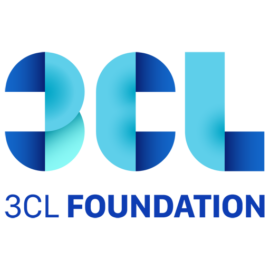Mapping the Left‑Media Ecosystem Conversation
The left can’t rebuild media power without understanding how infrastructure, capital, and narrative have been structured to serve the right. These seven sharp reads map the right’s advantage, the oligarchy’s takeover, and why governance, not content, is the real battleground.

Following my last post about why I left Substack for Ghost (and what that says about platform power and politics), I thought it would be valuable to explore some of the ongoing analysis, dialogue, and proposals around why and how the left needs to develop new media ecosystems capable of rivaling those of the far right.
Originally, this was going to be a link list about media strategy and tech design. But once I started digging in, it became clear that I needed a deeper understanding of the moment our media platforms are in, and the longer story behind it. I read nearly 40 articles and whittled them down to seven I think are especially worth engaging.
Together, they form a kind of primer on the meta-crisis in leftist media: what’s failing, what’s being built, and what structural shifts might be needed to turn isolated experiments in narrative, business model, and platforms governance into actual power. I’ve grouped them into three overlapping themes that track my takeaways on where we are, how we got here, and what might be next should we decide to build it together.
The Right-Wing Media Machine
These articles explore how right-wing media has captured trust, attention, and political loyalty through ideology, yes, but also through culture, emotion, identity.

Democrats struggle to match the influence of the right-leaning media ecosystem, which thrives on personality-driven, culturally engaging platforms. To counter this, they must embrace nontraditional media spaces and develop independent content creators who can organically build followings, adapting strategies that engage audiences through culturally relevant, subtle messaging. The right’s success is about designing platforms for emotional resonance just as much as (if not more than) it is about transmitting ideology.
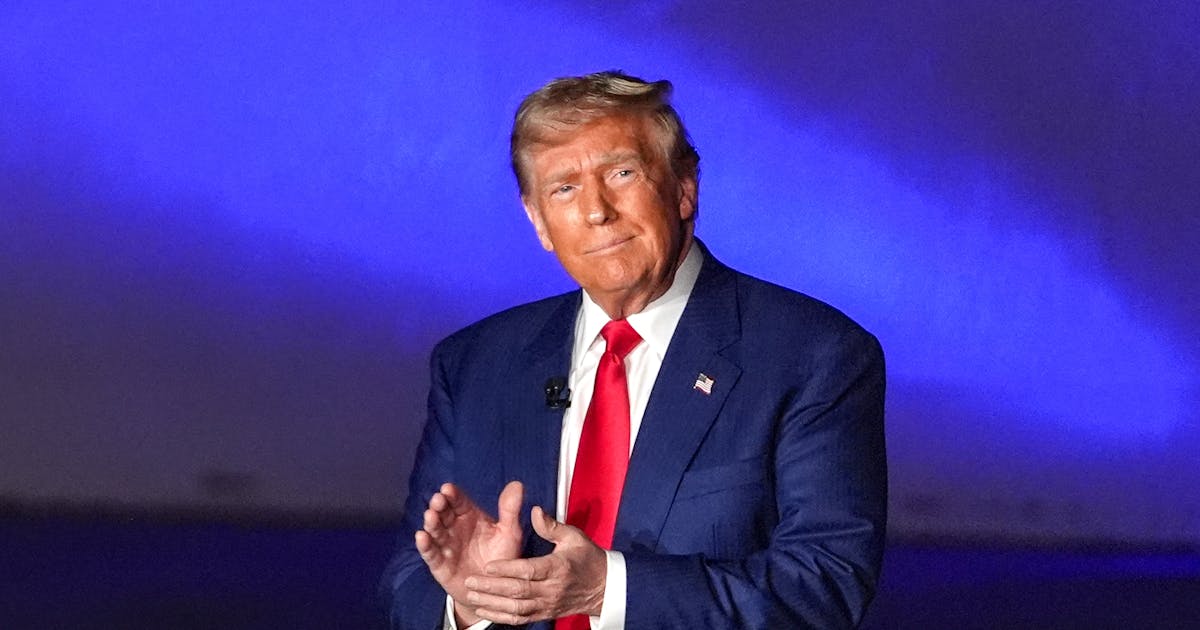
The right-wing media machine isn’t just about individual personalities, it’s about a coordinated ecosystem of online personalities and traditional outlets that shapes the national agenda. By controlling what gets amplified the right dictates the terms of public discourse. This infrastructure outpaces traditional journalism in reach and influence, turning media of all kinds into a political weapon.
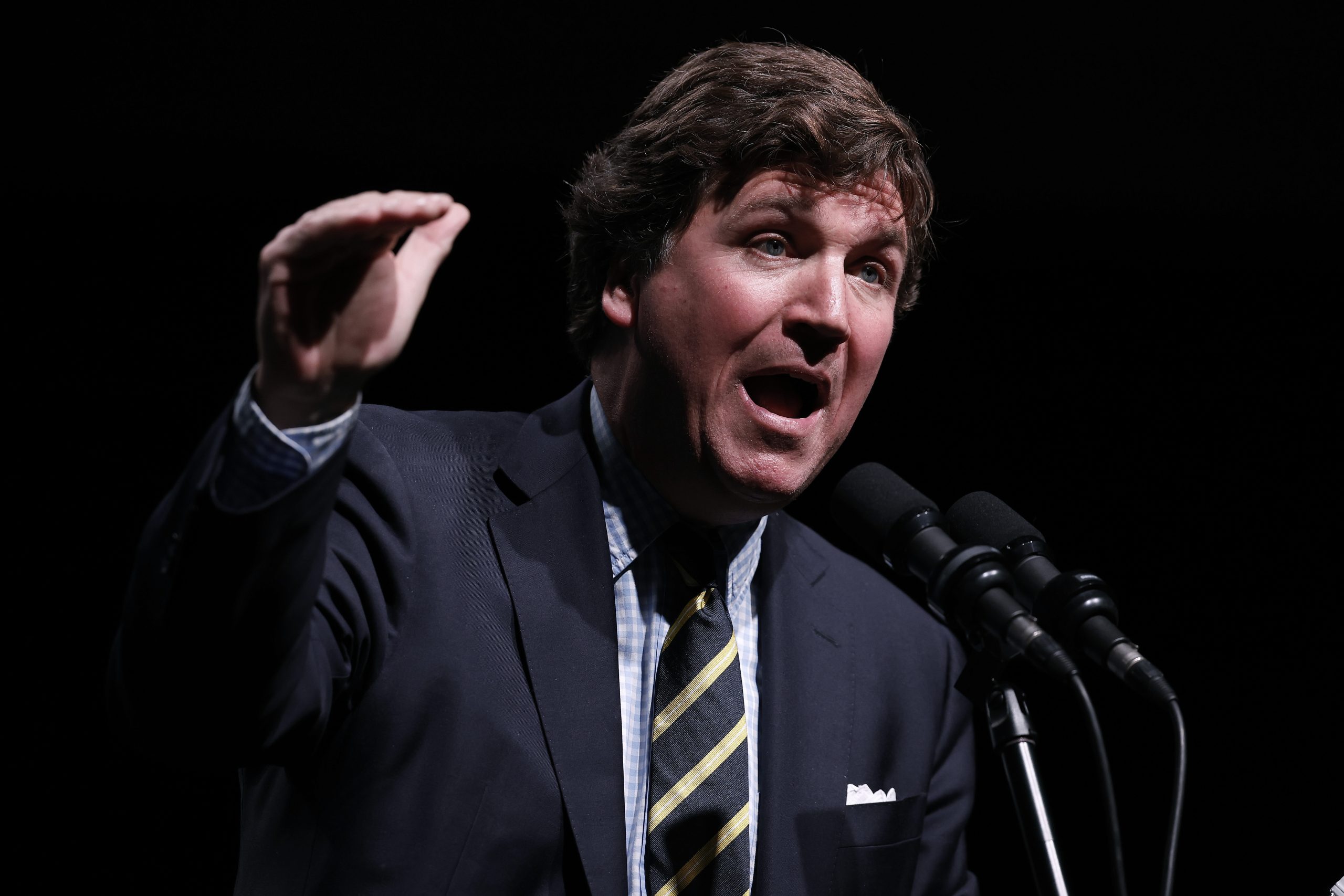
The right’s dominance is sustained by funding the cultural layer, bankrolling everyday content focused on seemingly innocuous topics like sports, recipes, and comedy that people already enjoy, then subtly embedding politics into the network and algorithmic layers. The left can’t close this gap until it builds parallel cultural infrastructure: non-political spaces where trust is earned organically, creating fertile ground for political ideas to take root.
The American Oligarchy and Its Platforms
These pieces expose how billionaires and platforms are actively dismantling the democratic function of media through coordinated capture and algorithmic sabotage.
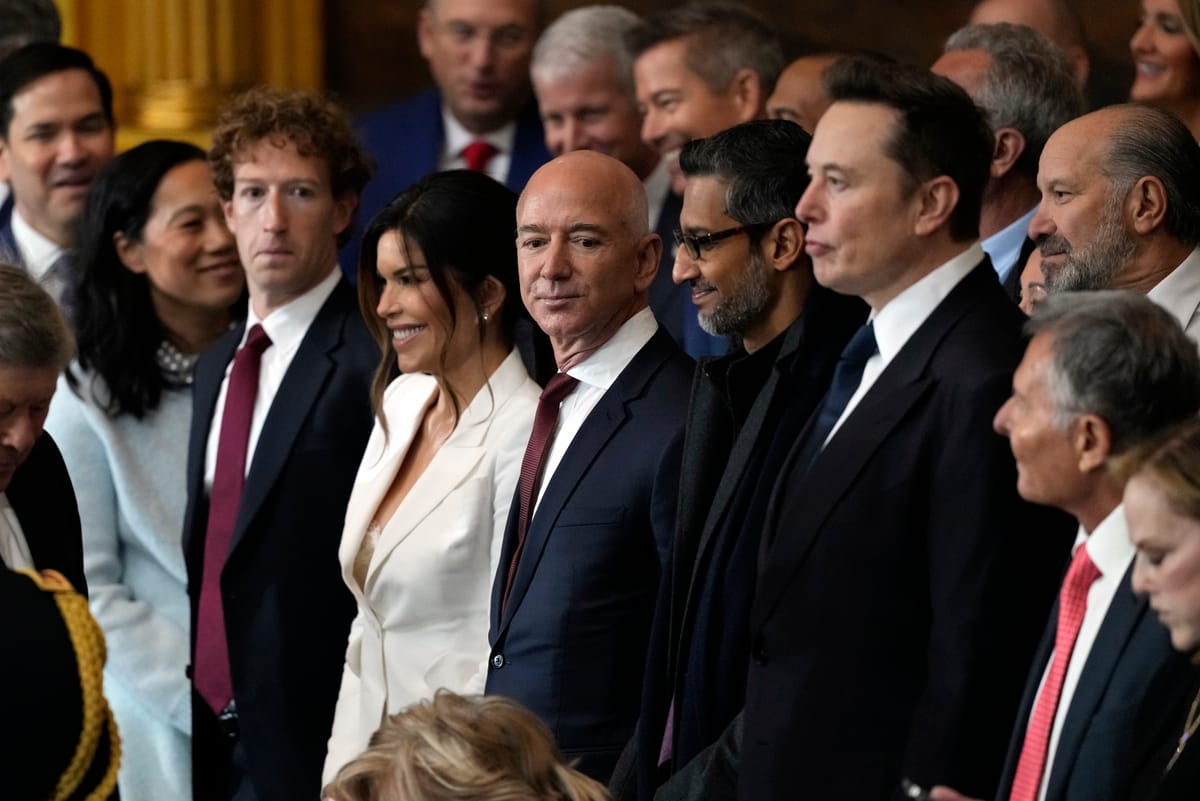
Bezos, Musk, Ellison, Zuckerberg, and others are executing a coordinated demolition of the free press, replacing it with tools for propaganda and surveillence. Their strategy bypasses overt censorship by throttling engagement for dissent, gutting long-standing institutions like The Washington Post, and rebranding platforms (such as swapping birds for stealth swastikas) to reshape global culture. The goal isn’t to ban journalism but to render it irrelevant: a silent coup where speech disappears into the algorithmic abyss.
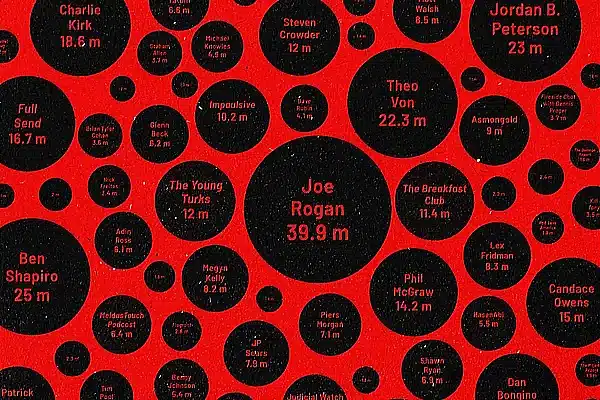
Conservative mega-donors treat media as venture capital, building distribution channels and legal teams. Progressive funders still treat journalism as charity, leaving the left to fight at the content level while the right invests in the infrastructure for content creation, distribution, and creator sustainability. The result is a scaffolding gap that lets oligarchs dictate the terms of public discourse.
Governance Is the Project
If the right owns the narrative and oligarchs control the channels, the only way forward is to design systems where neither can dominate. That means rethinking ownership, moderation, and legitimacy. It means rewriting the rules of governance around the infrastructure itself.

Werdmüller argues that rebuilding journalism starts by recognizing the shift of trust away from brands and toward individuals. His incubator newsroom model proposes a decentralized structure where independent journalists maintain direct ownership over their audiences, domains, and archives, while pooling resources like legal support, editing, and distribution through a shared collective. Rather than recreating traditional newsrooms or relying on platforms incentivized for lock-in, this experiment would build flexible infrastructure for shared governance, cooperative sustainability, and mutual protection.

The only way to safeguard the public interest is to shift who controls the infrastructure. 3CL shows how concentrated ownership warps public discourse through opaque algorithms, suppression of dissent, and platforms built for profit at the expense of accountability, human dignity, the environment, etc etc. They explore alternatives like state ownership, platform co-ops, and decentralized protocols, while naming the risks and tradeoffs each one carries. While decentralization doesn't solve everything, communications protocols like ActivityPub and atproto create conditions for us to build new frameworks for democratic control of our media platforms. More questions than answers with this one.
Where to next?
These pieces are helping me see more clearly where the structural gaps and opportunities lie: how information moves, who controls the channels, and what kinds of collective power our systems make possible.
My own focus is at the intersection of media infrastructure, platform governance, protocol design, and experiential storytelling. Power is being shaped here, and this is where creative, collective interventions are necessary. These systems affect what we can build, how we organize, and whose voices carry.
This is the territory I’ll be writing more about and looking for trouble to get into.
If you're working in this space or thinking along similar lines, reach out! I’d love to be in conversation.
-Lyre Calliope







